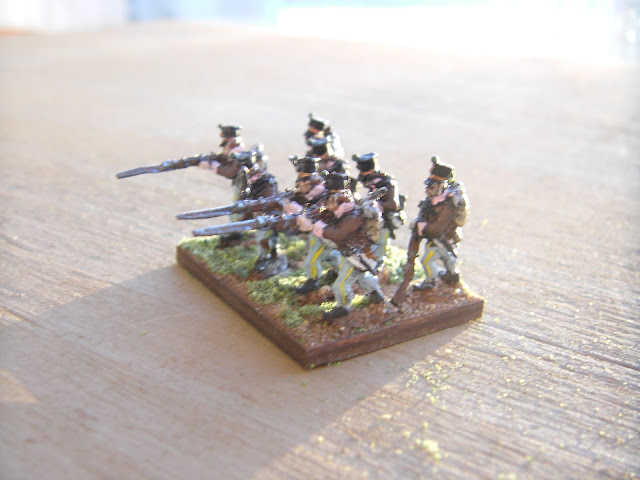Two business trips, a great family vacation to Japan, and a hectic work schedule in-between has kept me off the Blog lately. I finally have the gumption and inspiration to post. First, a book review of sorts on two histories that I am reading simultaneously - the authors both share a common approach despite the difference in topic and period.
Guadalcanal by Richard Kern
While riding a bus to my son's swim meet in Daegu, another parent suddenly asked to take a picture of me (with her phone of course) reading this very detailed history of Guadalcanal. Why? Her father works with the author, Richard Kern, in Virginia. A few hours later during the meet, her father had already replied back, thanking her for the post....a normal experience in the digital age of course.
This history contains more details on the Guadalcanal campaign that I thought one could find in a single published account. The author used extensive primary source material to include significant use of Japanese sources. I really enjoyed the balanced use of sources. Too often, a military history will provide one side of the story, merely sketching the enemy's actions and point of view. Not Kern. He addresses Japanese strategy, operations, and tactics at an equal level with the American point of view.
I've read the US Army's official history of Guadalcanal, which gives plenty of coverage to Naval and Marine operations, and Kern's text surpasses it for depth. One aspect of this book that I found most interesting was his attempt to cover Naval, Air, and Ground operations in balance.
Given that praise, the book is tedious at times. Barbara Tuchman noted in an essay on writing history that selection of material is an important aspect of the art of a good history. Choosing what to exclude without losing the sense of what really happened is a difficult task. If I have one criticism of Kern's rich history, it is the lack of selection. In comparing US and Japanese accounts of aircraft losses, for instance, he provides the details for virtually every sortie during the campaign - a bit much.
The book is certainly an inspiration for my upcoming Bolt Action gaming plan. I am locked on the plan to play Bolt Action in the Pacific, starting with a US Army 168th Regiment-based army and a Japanese foe. I'll expand to the USMC as my collection expands and painting skills in 28mm improve (assuming no other sudden, expensive distractions....like wargaming the American Civil War). Modeling the Aussies in New Guinea and British Chindits would also be appealing....more on that in a later post.
Shelby Foote's Civil War Histories
I'm also working on the three volume serie covering the American Civil War by Shelby Foote. I borrowed the volumes from my library as an e-book, and I've completed the first one.Similar to Kern, Foote does a great job of providing both the South and North perspectives on the key engagements. Also similarly, he provides a level of detail on the politics, strategies, and campaigns that I find incredible. I detected a slight leaning toward the Southern sources, in terms of detail and coverage, so I wasn't surprised to find in his notes that he was from the South. Nevertheless, the history does a remarkable job of placing Lincoln's decisions on the War within the context of Union politics, and I didn't note a bias in the tone of his work. Having lived in Maryland, I must admit a lack of familiarity with the battles further the West, so the first volume's coverage of operations along the Mississippi and in my home state of New Mexico were enlightening.
Despite the level of detail, Foote's narrative certainly flows better than Kern's. I suspect the difference can be attributed to the source material and Foote's writing style in equal measure.
I shouldn't have started this reading adventure given my other irons in the wargaming fire....DBACW and the upcoming Longstreet rules by Sam Mustafa are starting to look tempting. Will my venture into 10mm figures finally happen with the American Civil War?
When will I ever finish my Napoleonic armies for DBN and Lasalle?
I'm working on DBA terrain and a few more 15mm French artillery stands right now, but I'll be buying a batch of 28mm WW II figures soon.










































